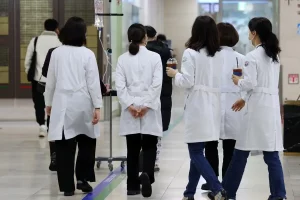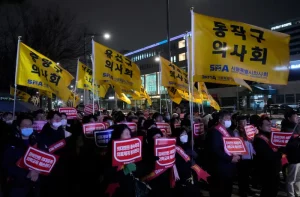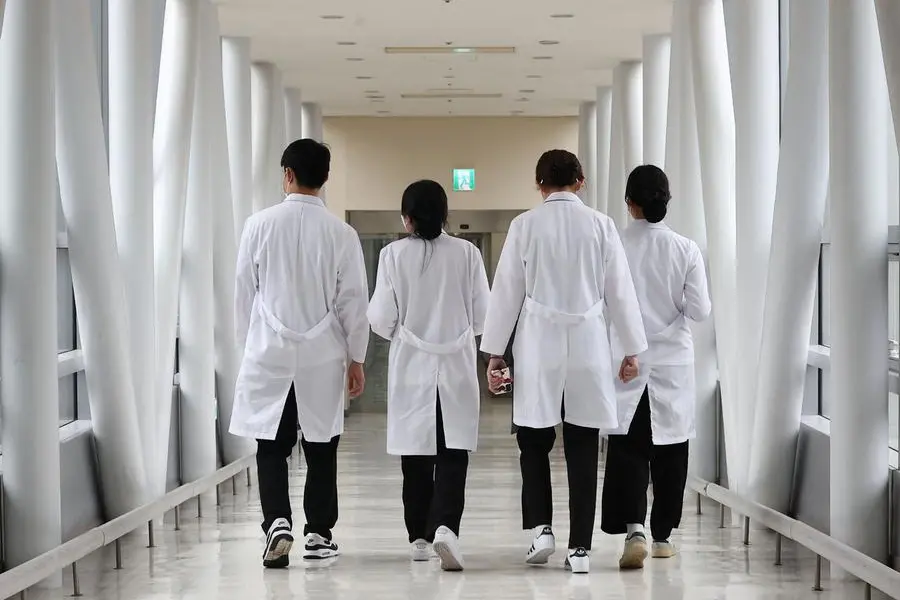Introduction
The recent doctors‘ strike in South Korea has laid bare a web of intricate challenges, with the specter of an aging population looming large. This unrest within the healthcare sector not only reflects the grievances of medical professionals but also exposes the broader societal tensions arising from the demographic shift towards an older population.
The Root Causes

At the heart of the doctors‘ strike lie multifaceted issues, ranging from working conditions and remuneration to concerns about an overburdened healthcare system. However, one underlying factor intensifying these challenges is the strain caused by South Korea’s rapidly aging population, placing immense pressure on healthcare resources and exacerbating existing grievances.
Comparative Table: Intersection of Doctors’ Grievances and Aging Population Challenges
| Aspect | South Korean Doctors’ Grievances |
|---|---|
| Working Conditions | Long hours, high stress, and inadequate staffing. |
| Compensation Issues | Demands for fair remuneration and benefits. |
| Aging Population Impact | Increased demand for healthcare services, adding strain. |
| Healthcare System Strain | Overburdened facilities and resources due to aging demographics. |
Implications for Healthcare
The doctors‘ strike has immediate ramifications for the healthcare sector. As medical professionals voice their concerns, the delivery of healthcare services is disrupted, affecting not only the current state of patient care but also raising questions about the system’s ability to adapt to the evolving needs of an aging population.
Broader Societal Tensions

Beyond the realm of healthcare, the strike underscores societal tensions stemming from the challenges associated with an aging population. The strain on healthcare resources, coupled with concerns about a shrinking labor force and the economic implications of an aging society, contributes to a broader discourse on the need for comprehensive societal responses.
Finding a Path Forward
Addressing the grievances of doctors and navigating the challenges posed by an aging population require nuanced solutions. Striking a balance between providing quality healthcare, ensuring the well-being of medical professionals, and adapting societal structures to accommodate demographic shifts becomes imperative in finding a sustainable path forward.
Conclusion
The South Korean doctors‘ strike serves as a microcosm reflecting the intricate interplay between healthcare challenges and the societal impact of an aging population. As the nation grapples with these complexities, finding holistic solutions that address both the immediate concerns of medical professionals and the broader demographic shifts becomes a pressing imperative. Observers will be closely monitoring how stakeholders, including the government, healthcare institutions, and the public, collaborate to navigate these challenges. The outcome will not only shape the future of healthcare in South Korea but also offer valuable insights for other societies facing similar demographic transitions.In the delicate dance between healthcare grievances and societal aging, the South Korean doctors‘ strike becomes a focal point, urging stakeholders to chart a course that ensures the well-being of both medical professionals and the broader population.




